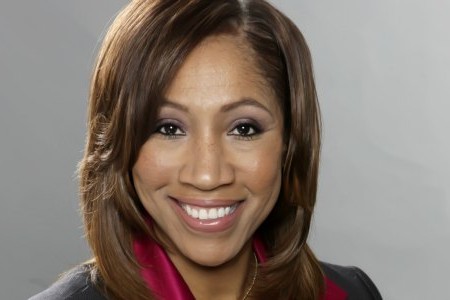
By Cheryl Pearson-McNeil
I found information in Nielsen’s newest report, Affluence in America: A Financial View of the Mass Affluent, so interesting that I thought you might, too. Mass Affluents are defined as households with Income Producing Assets (IPAs) of $250,000 to $1 million (not including real estate), reporting actual average annual income of $105,000. Mass Affluents are 11.1 percent of the population or 13,000,000 households. And we, as Blacks, are represented in these numbers.
According to Nielsen’s in-depth report, African-American Consumers: Still Vital, Still Growing — developed through our collaboration with the National Newspaper Publishers Association (NNPA), 10 percent of African-American households earn $100,000 or more.
Mass Affluents are not celebrities or jet-setters from Lifestyles of the Rich and Famous, that early 90s forerunner to many of today’s over-the-top reality shows based on the most obscene excesses money can buy. According to the Affluence report, Mass Affluents work for the money – heading every day to white collar jobs in management, business or finance; or own their own business(es).
Mass Affluent households are broken down into distinct segments, based loosely on differences in age, income and family makeup by Nielsen P$YCLE, a household segmentation system. I’ll bet we’ll see ourselves or someone we know.
* First, there are the Globetrotters. These are empty-nesters older than 65, who have or had six-figure incomes, have paid their dues, are comfortable financially and are spending their free time traveling.
* Business Class is defined as 50-something childless or empty-nest couples who are kind of “chi-chi-la-la,” as Oprah used to say. You know, the country club lifestyle with an extravagant spending style, scoring high for business and pleasure travel and high-end catalog shopping.
* Power Couples are described as well-educated, mostly 45 to 54-year-olds with six-figure incomes, no children, designer homes, diversified investment portfolios and love shopping at stores like Nordstrom and Lord & Taylor.
* Civic Spirits are over 65-year-old retired couples who are anything but retired. These are the activists in our communities – the people who write the letters to the editor and their political representatives. They are also the more cautious investors, ranking high for buying long-term care insurance and residential insurance for their condos. And, the kids are gone.
* The Family Fortunes are described as college-educated 45 to 64-year-old suburbanites with more children than any other segment, high incomes, expensive homes, multiple investments and an energetic lifestyle who enjoy “pricey” sports like skiing and tennis. *Capital Accumulators are 45 to 64-year-old empty nest suburbanites who pay a great amount of attention to their real estate investments, IRAs and 401(k) retirement accounts. These smart cookies have parlayed upper middle-class income into serious income-producing assets and tend to lead very active lifestyles.
* Lastly, we have the Savvy Savers. These are well-invested retirees who have raised their children and enjoy low-key lifestyles – like watching sports like golf on TV and are active in their social clubs. Even though they have invested cautiously and carefully with sizable nest eggs, Savvy Savers take full advantage of senior discounts, coupons and value-oriented travel options.
Once upon a time, those considered well-off typically congregated in monied pockets in big cities or in posh, sunny golf communities. As that demographic has expanded and diversified, Mass Affluents are increasingly found in the suburbs and exurbs, which are small, prosperous areas beyond suburbs, of the nations’ big cities all over the country.
However, data shows that Mass Affluents are more than twice as likely to live near the San Francisco area, followed by: Washington, D.C, Hartford and New Haven, Conn., Boston, New York, Honolulu, Baltimore, Monterey-Salinas, Calif., San Diego and Santa Barbara, Calif.
Consistent with Nielsen’s report on African-American consumers, the top five Designated Market Areas (DMA) for African-Americans with $100K-plus household income are Washington, D.C., Baltimore, Atlanta, Norfolk, Va. and New York.
Analysis of the consumer habits of Mass Affluents also describe this consumer segment as engaged – going online multiple times each day; and as being adopters of high-end technology like digital recorders, tablet devices (31 percent) and smartphones (59 percent).
Let’s congratulate our sisters and brothers who have achieved such financial success. If that happens to be you, my message, as always, continues to be the same as my message is for all Black consumers: Be sure you’re using your power for good.
Cheryl Pearson-McNeil is senior vice president of Public Affairs and Government Relations for Nielsen. For more information and studies go to www.nielsenwire.com
